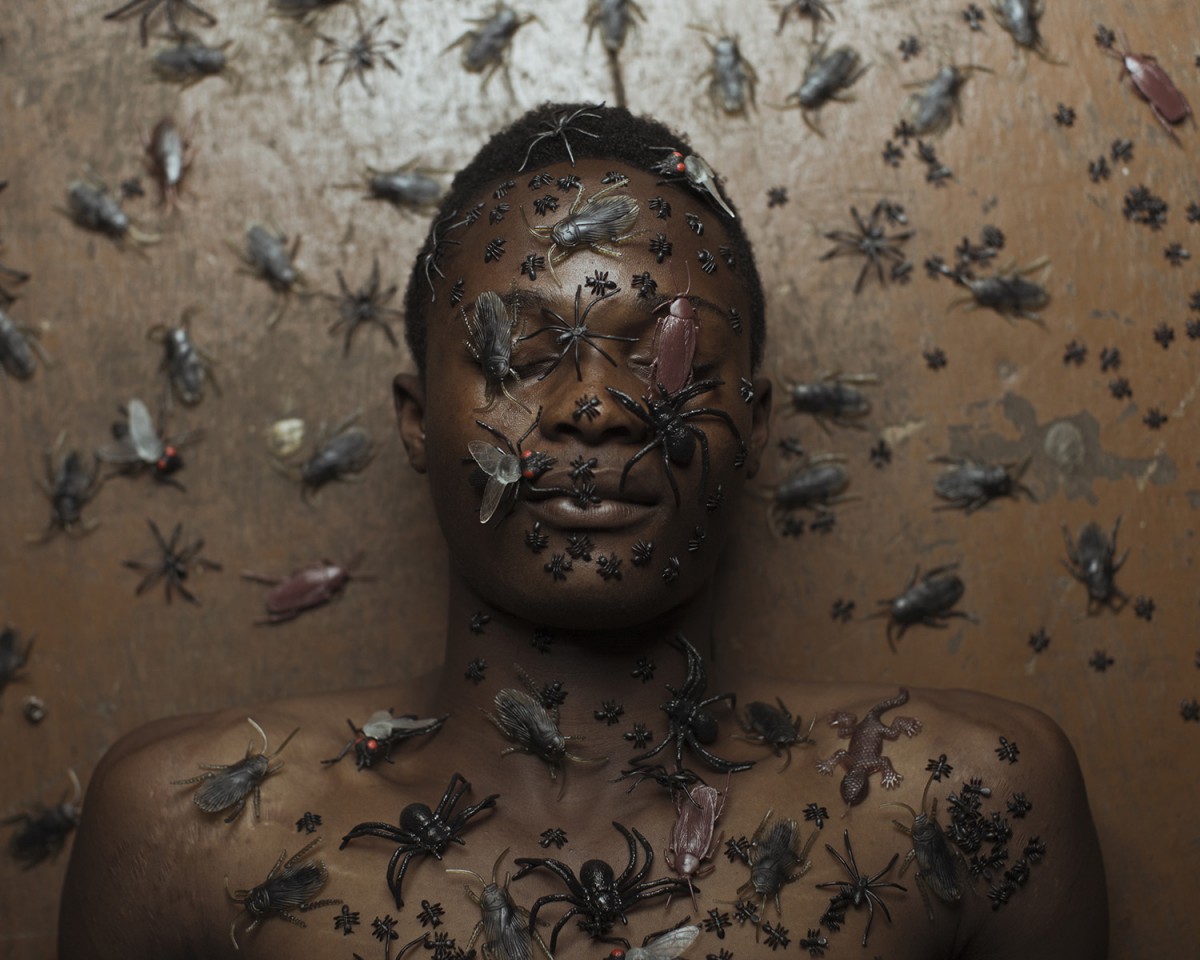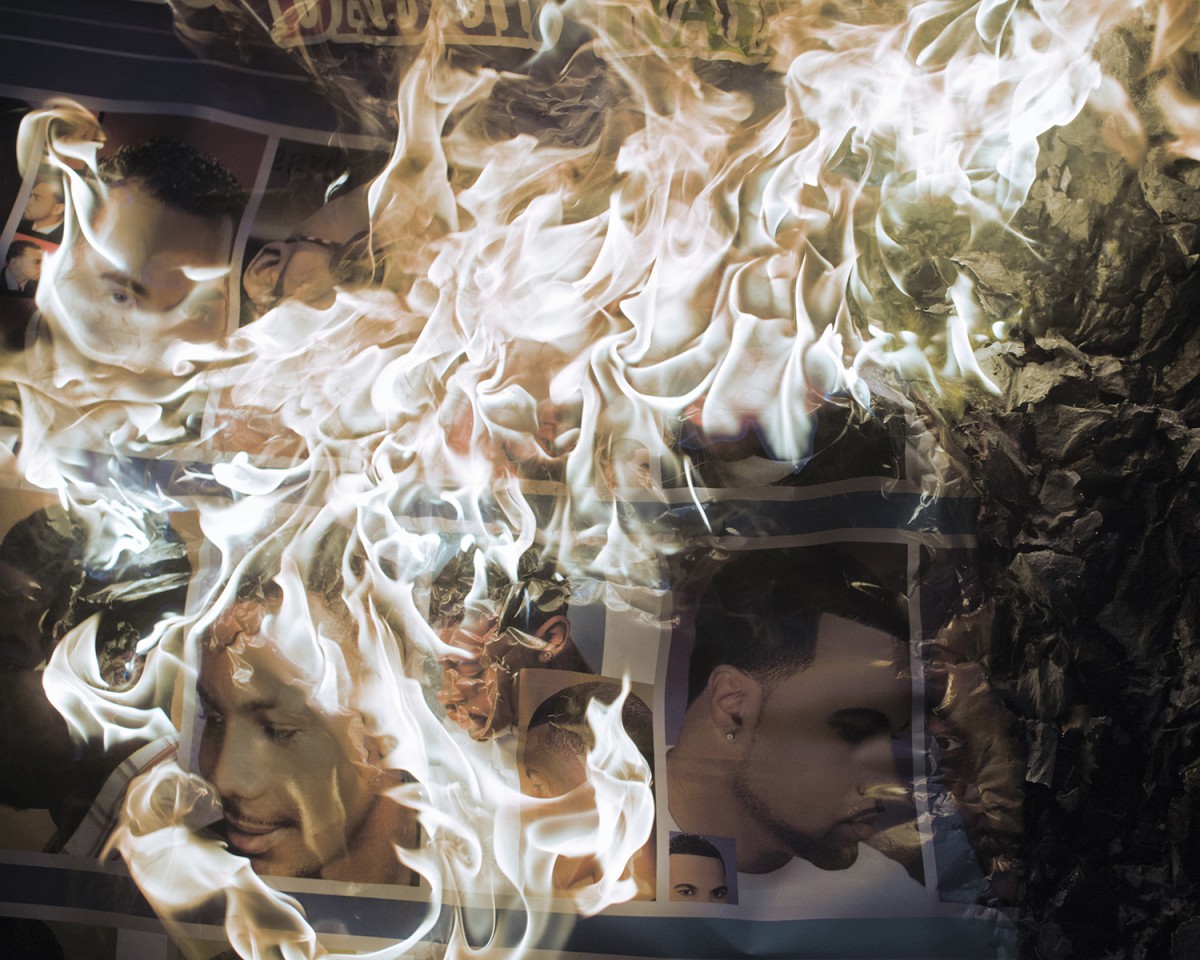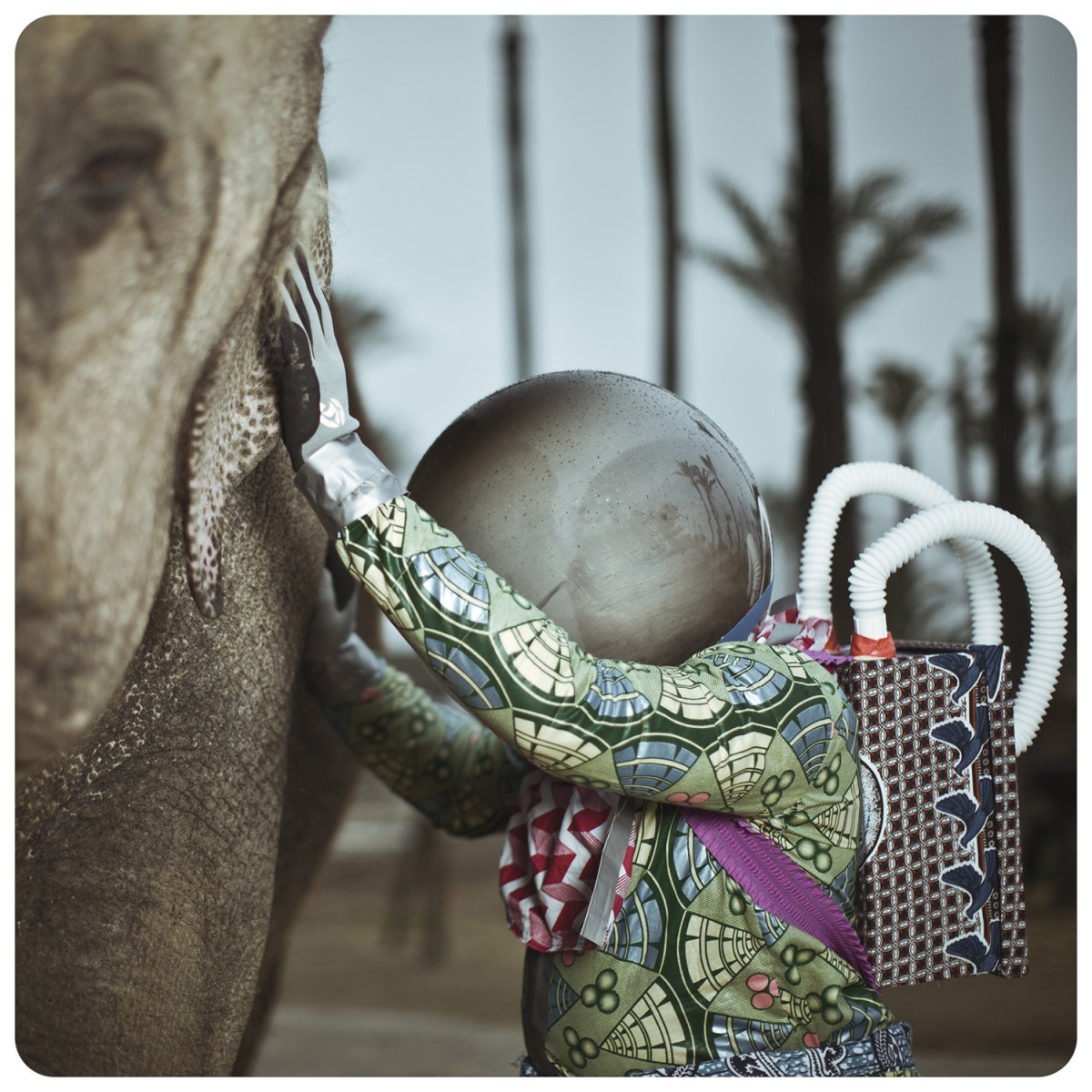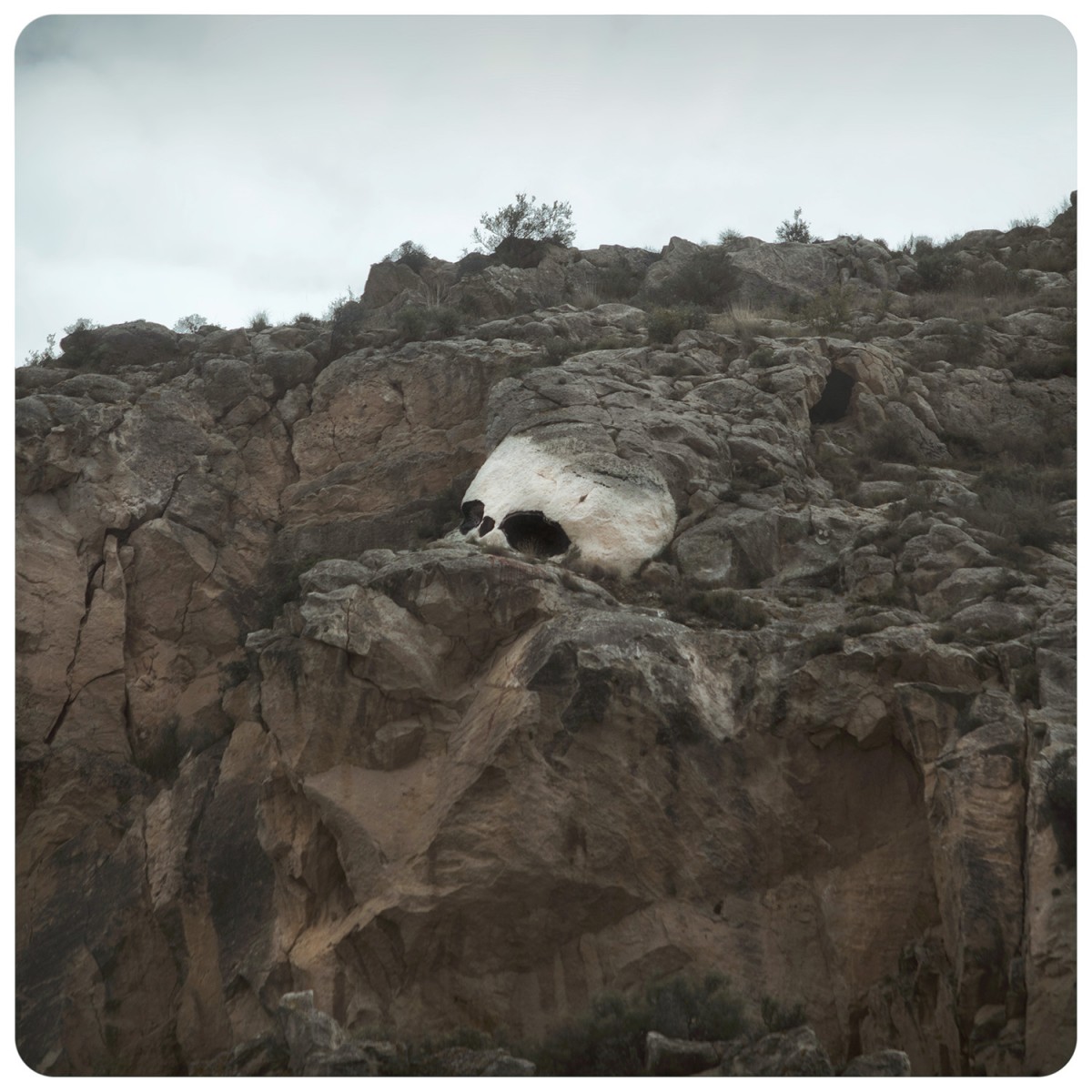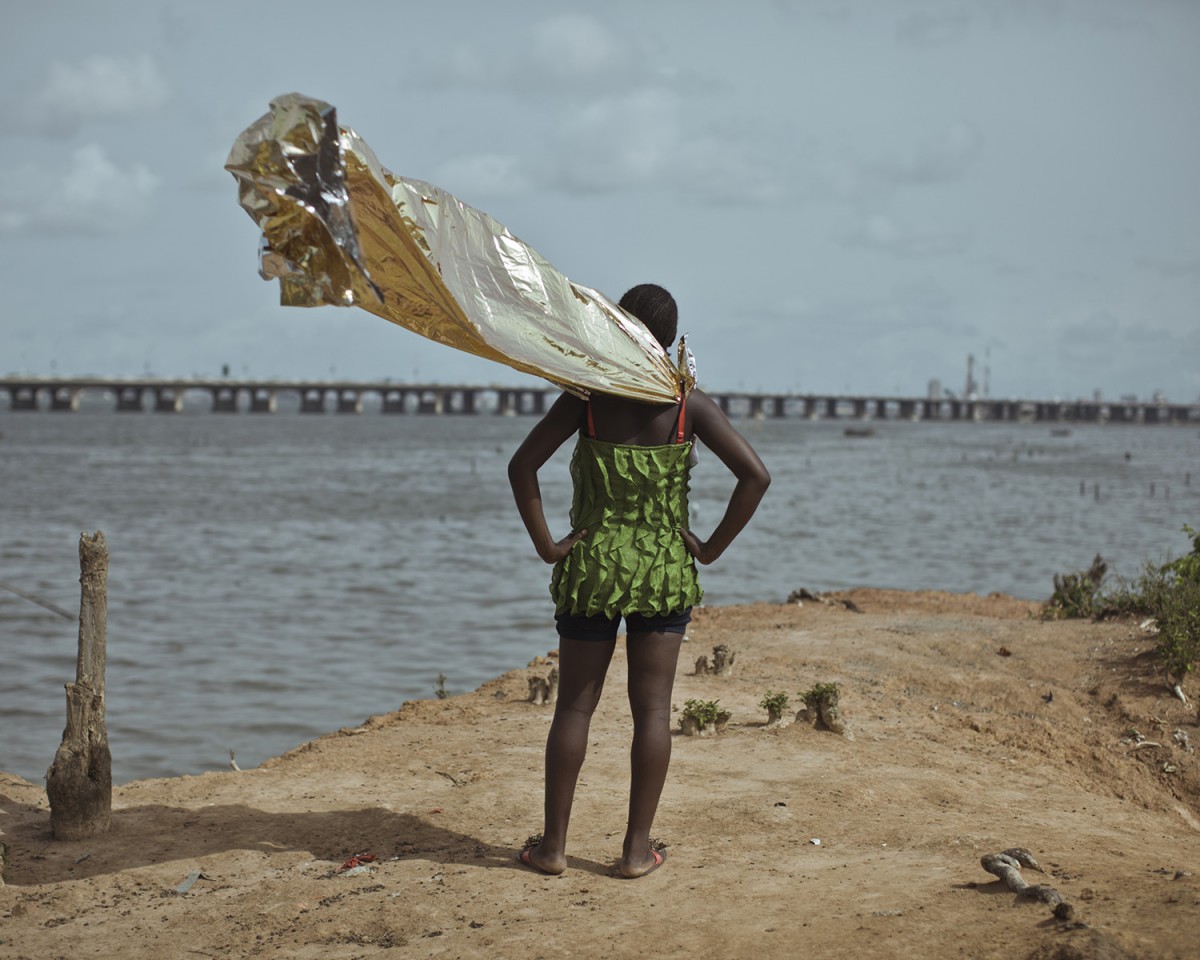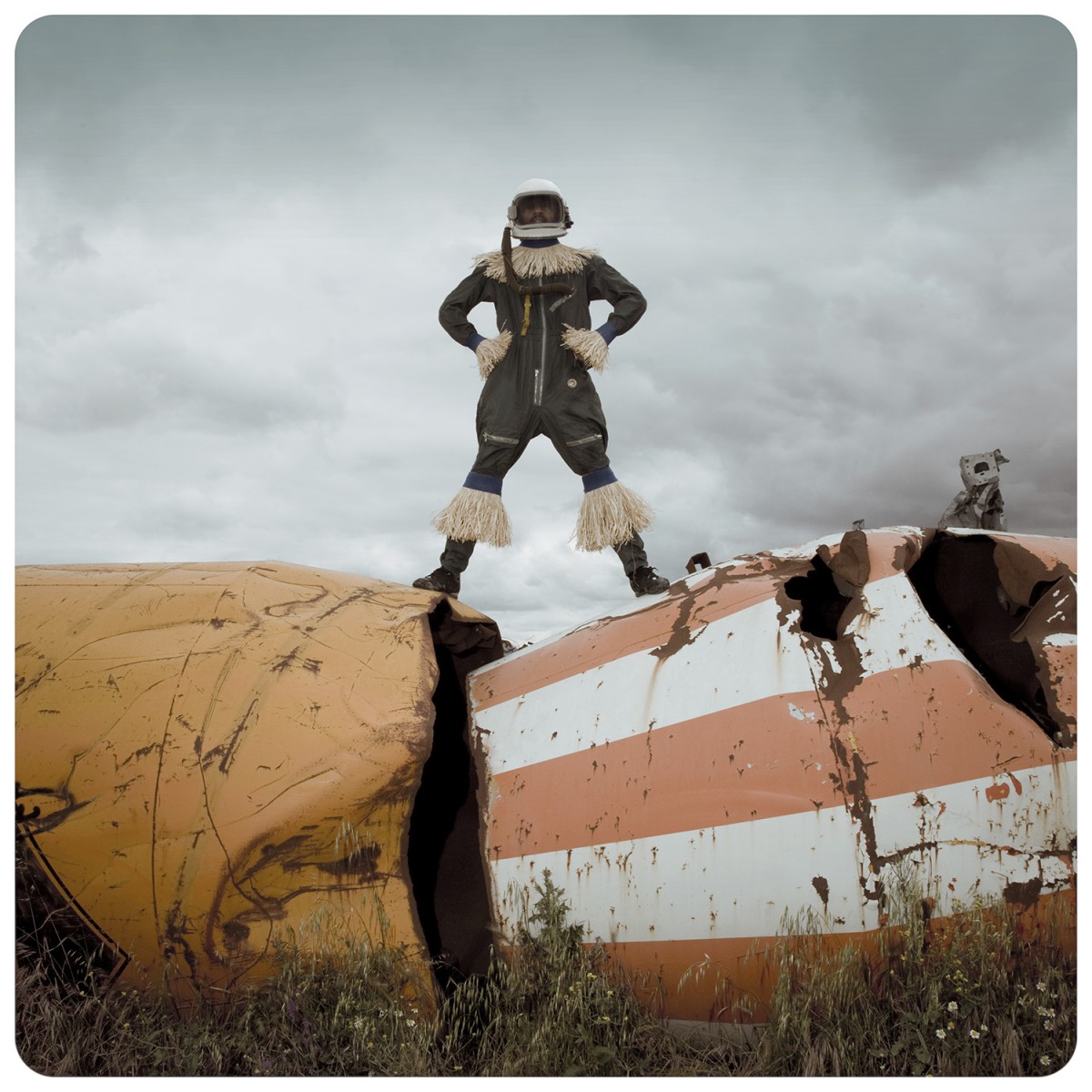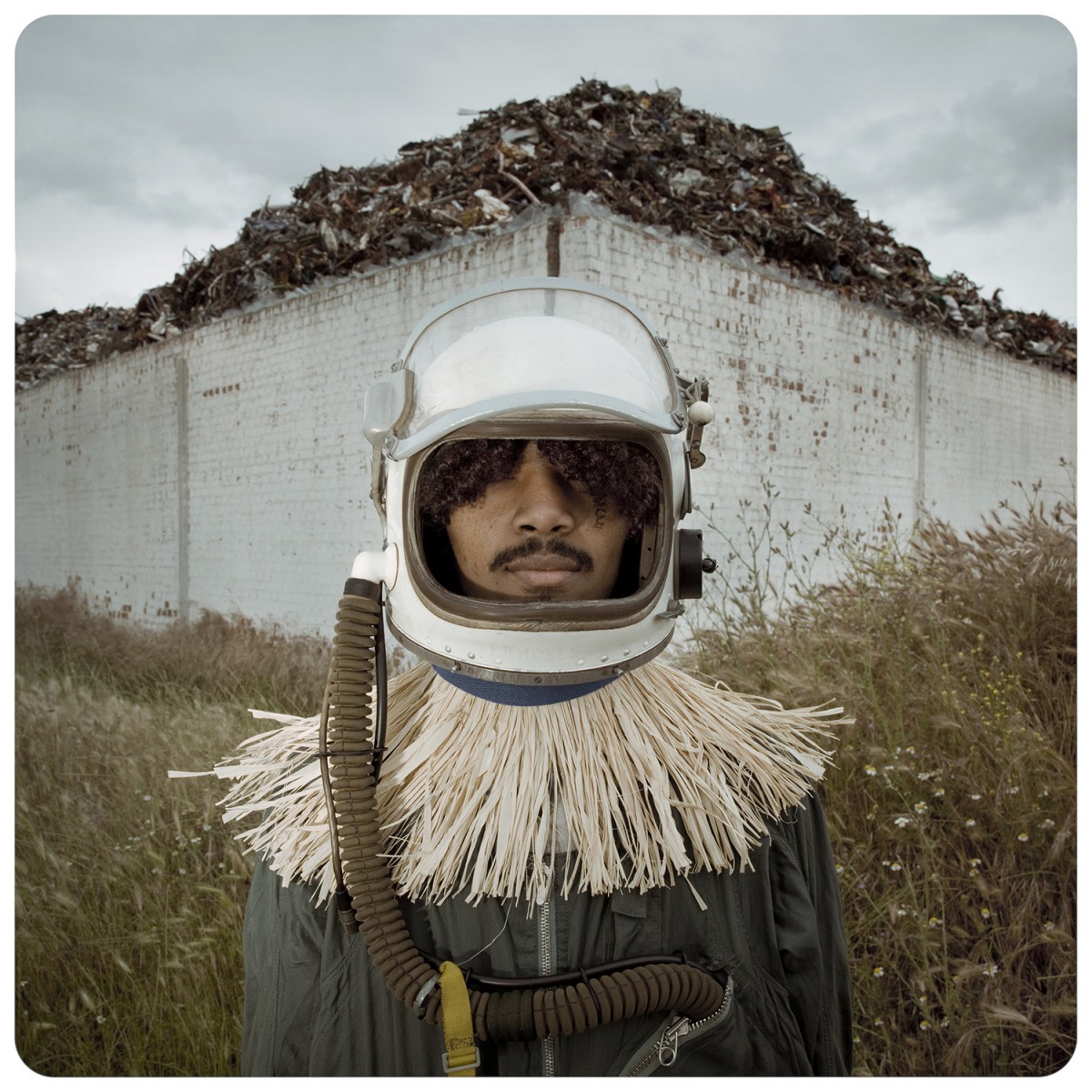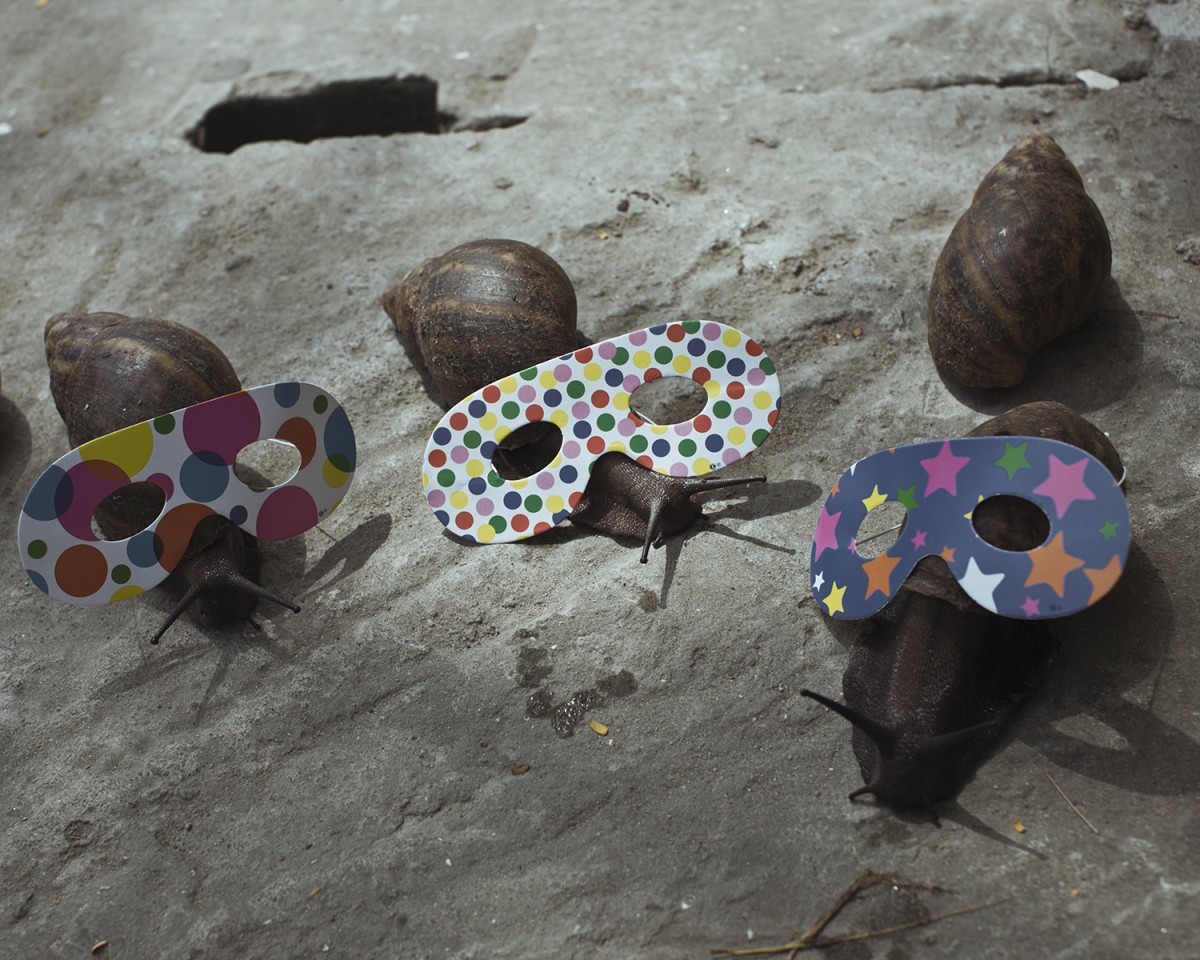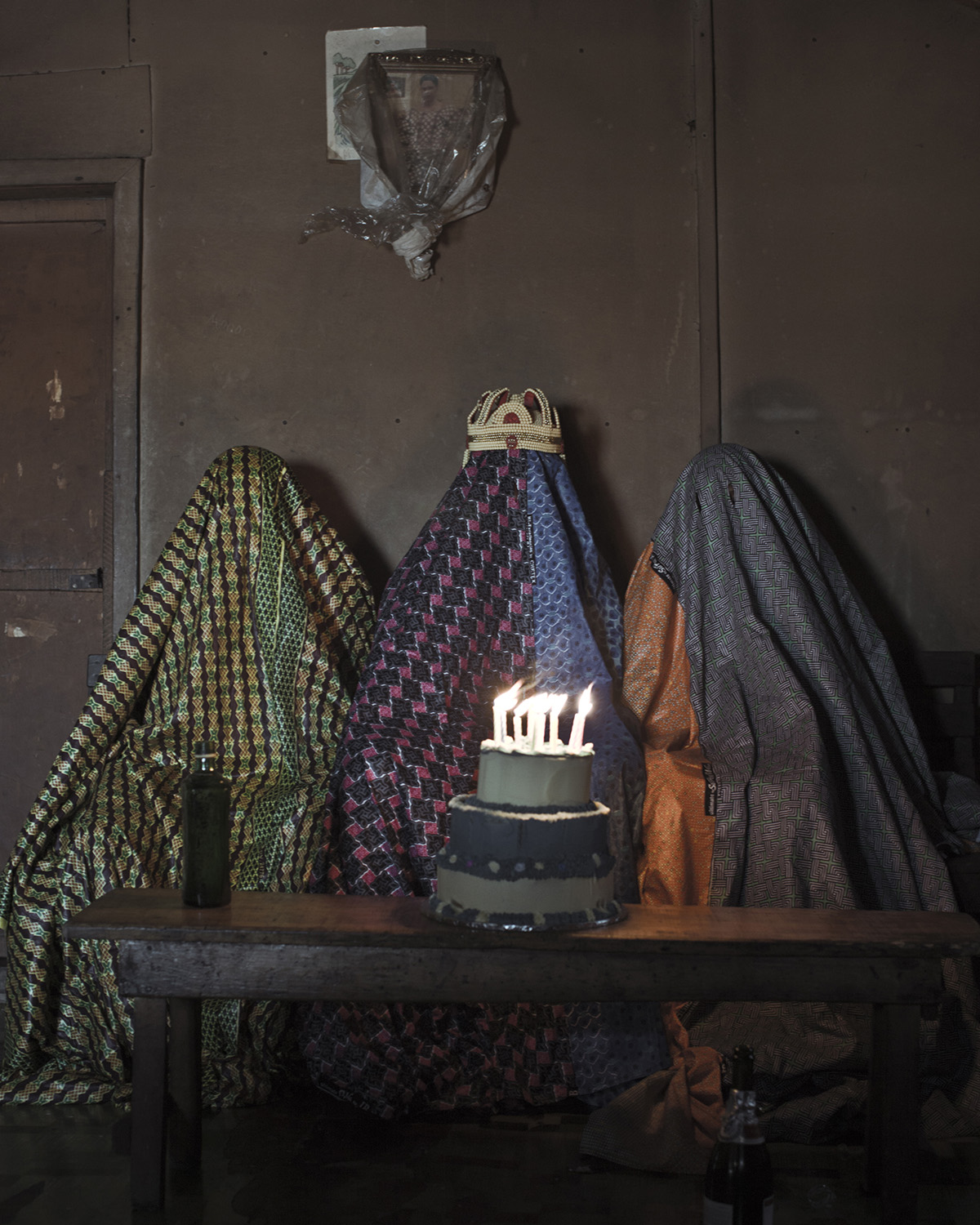Cristina de Middel, documentary photographer turned artist spoke to us about her process of making work, how she sees the world, and what's next for her.
PW: Your photographic career began in photojournalism, before turning to a more conceptual practice with well-recognised works such as The Afronauts and This is What Hatred Did. Your work questions the truth in photography and how we understand the relationship between photography and reality. This way of working is a real departure from your photojournalistic background. What lead to this change in approach?
CM: At some point, when working as a photojournalist, I realized that the impact of my images was not enough. I stopped believing in raising awareness by just pointing at the problem, and photojournalism is very much about that. I wanted to try to open up the debate and see if this approach could help find a solution to a certain problem. Most of the time, straight documentary photography is about imposing an opinion (that comes from mass media’s agenda) and the audience has very little to add to it, and the dimension of the problem makes it impossible to react. The audience is then limited to be a spectator when we are all actually part of the problem.

The language employed in doing the chronicle of the world is for me, a bit outdated, and the reaction is no longer the same. We are no longer impressed by the document itself and some context needs to be provided.
Also in photojournalism, there is very little space for the photographer’s opinion, despite the fact,he is the only one, most of the time, in the field, experiencing and interacting with the subject. I guess I just wanted to include my opinion and my vision of things in the way I try to explain the world.

PW: We see a variety of works with a mixture of subject matter, from abandoned space missions to the re-imaginings of the senders of spam emails. How do you decide on your next series? What kind of research goes into this process?
CM: I wouldn’t call it “research” because it is not like I sit and try to come up with an idea and start looking for references and information about it. I just keep my eyes open, save all the news, facts, small details, conversations, etc that I am exposed to and that I would love to understand better. Sometimes I find interesting subjects on the web, sometimes in movies, on TV, on a travel brochure, speaking with a taxi driver. I am just a curious person and try to understand the world I live in with genuine information that can satisfy me. I am very suspicious of the mainstream but at the same time, it is my biggest source of inspiration because it’s where I find the most subjects that are under-explained or incomplete.
[ms-protect-content id=”8224, 8225″]

I guess I started generating the content that I would like to find in newspapers and magazines and couldn’t find anywhere. I explain the world to me first of all, then I share it at some point but it is basically a very selfish process.
I normally stay on the surface of things, because I believe it is the most interesting part, the one that’s visible, but try to understand why that last layer is the one that’s visible and sometimes it helps you understand the problem much better. I work at the surface but I question and analyse it.

PW: The narratives you present are obscure in nature and often tip over into being humorous. How important is the inclusion of humour in your work?
CM: It is certainly one of the most important parts of my work, but also my way of engaging in life in general. I think I am a very sarcastic person. I believe the world we live in is a pure joke and we should start laughing about it because humour is a sign of overcoming a trauma.
Also, I do not want people to be sad or frustrated, I want people to be joyful and strong enough to start a real change that is actually closer than we think, and photography plays an important role in it.
In terms of that, I try to create images and stories that generate mixed feelings.With this, I try to make people aware of the emotional reaction that images have on them, as they need to understand that it is a very strong language that is being used to generate a certain opinion. People need to understand and become fluent in both reading and writing photography otherwise, it is a very dangerous tool for manipulation.
Also, comedy is proven to be a very effective genre for conveying criticism…I didn’t invent that.

PW: The common thread through your works seems to be a feeling of uncertainty over which parts presented are real, and which are fabricated. Do you encourage this kind of reading and if so, at what point do you reveal their authenticity?
CM: Most of my images are real graphically speaking, meaning I hardly use any photoshop to add or remove parts of it. I just create a certain scene and capture it with the camera. What I do manipulate is reality because I need to adapt it to what I want to say and most of all, to how I am experiencing the situation or understanding the subject. It’s like being a theatre photographer but I also direct the play.
Regarding when I reveal the authenticity, I just do it when people ask. I very occasionally need to specify which image is staged and which one is not because my works make very clear from the very beginning that it is a story, not history.
PW: Most, if not all, your major bodies of work take the form of publications. Do you find the format of a book an effective method for presenting and defining fact and fiction?
CM: I like the book form because it leaves most of the decisions to the viewer. They can decide when they consume the story, with music or not, sitting on a table, at the beach, with artificial light, listening to music, etc. The story belongs to them now and they decide how they want to engage with it.
I am also starting to enjoy more and more the installation part of projects, but it took me some time to be confident enough to start playing with this too. For some reason, I had too much respect for the space and I struggled to translate the story onto the walls. I always had the feeling that it was not explaining things well enough and that I was losing layers of significance in the process. I am constantly learning and hope to continue doing so.


PW: Finally, what’s next for you?
CM: I am always working on many projects at the same time, all of them at different stages of production. As for now, I am finishing the design of a book of drawings with Xavier Fernandez (Published by RM at the end of the year). I am also collaborating with other photographers: Kalev Erickson (from the Archive of Modern Conflict) and I, are working on a visual dialogue with an archive of polaroids we found in a thrift market in Mexico. The project is called Jungle Check and we are now editing the images and starting to think about a book and an exhibition. I am also working with the Brazilian photographer Bruno Morais on a story about African religions. We are following the paths of a Yoruba spirit and his transformations with the journey of slaves. There is also another drawing project on the go and I am also working on the next publication for This book is True (my publishing house) but it is still a secret!

[/ms-protect-content]
For more information about Cristina’s work, click here.
For other Ideas Series articles, click here.
